FUNDING CUTS IMPACT CT HUMANITIES: Help CT Humanities navigate recent funding cuts and continue our vital work across Connecticut. All donations made to CTH will be matched dollar-for-dollar up to $50,000. Donate today!
Now Viewing:
Who Knew?
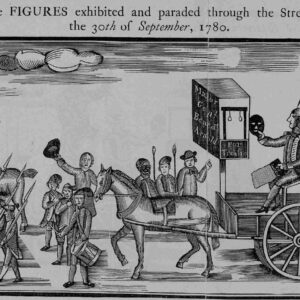
New London’s Tradition of Burning Benedict Arnold…in Effigy – Who Knew?
New London has a yearly tradition of burning an effigy of Benedict Arnold, the infamous Revolutionary War general turned traitor.
Read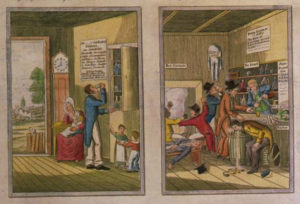
The Living Actually Haunted Many Connecticut Taverns – Who Knew?
Early Connecticut laws deemed anyone who spent excessive time in taverns as a “tavern haunter” and subjected them to fines and ridicule.
Read
New London Harbors a German Submarine During World War I – Who Knew?
The German merchant submarine Deutschland made two trips to America, including one to New London, Connecticut, during World War I.
Read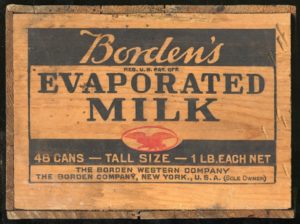
Evaporated Milk’s Connecticut Connection – Who Knew?
In, 1856 businessman Gail Borden Jr. opened the first commercial milk condensery at Wolcottville (now Torrington).
Read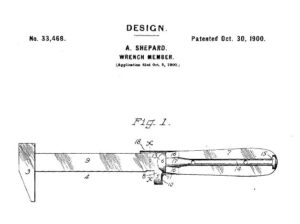
The “Perfect Handle” Hatchet – Who Knew?
In the early 1900s, H.D. Smith and Company of Plantsville began the manufacture of a line of “Perfect Handle” hand tools.
Read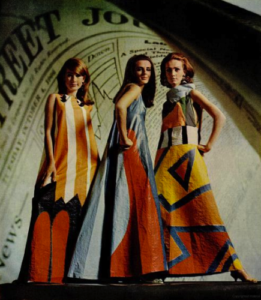
Get Out Your Paper Dress, Gal! – Who Knew?
In 1966, the Wadsworth Atheneum in Hartford was featured on the popular TV show, I’ve Got a Secret.
Read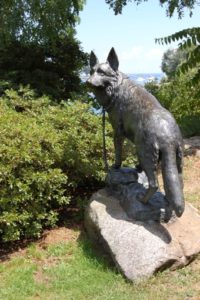
Monument to Hero of the Greenwich Police Department – Who Knew?
A memorial in Byram Park honors Yogi, who became the first police dog of the Greenwich Police Department in 1988.
Read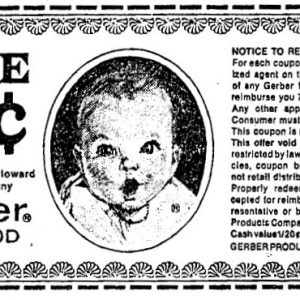
Birthplace of the Gerber Baby – Who Knew?
Westport’s artist Dorothy Hope Smith used her neighbor, Ann Turner, as inspiration for her iconic Gerber Baby trademark drawing.
Read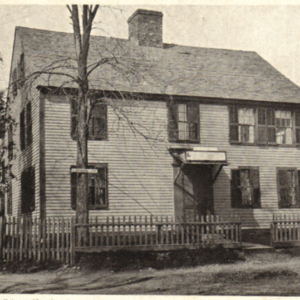
The Ebenezer Avery House – Who Knew?
The Ebenezer Avery House in Groton once served as a hospital for the wounded after the Revolutionary War’s Battle of Groton Heights on September 6, 1781.
Read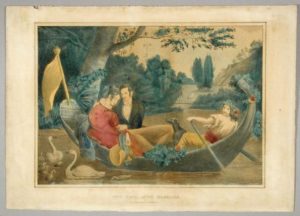
Grounds for Divorce – Who Knew?
While Connecticut was not the first to grant a divorce, it was the first to define the grounds for dissolution of a marriage in An Act Relating to Bills of Divorce.
Read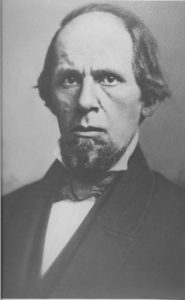
Elisha Root Changes Industry – Who Knew?
Elisha Root standardized production and made the Colt revolver the first handgun in the world with fully interchangeable parts.
Read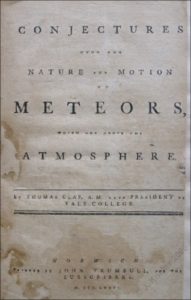
America’s First Planetarium – Who knew?
In 1744 Thomas Clap, Rector and Yale College president for 26 years (1740-1766), constructed the first orrery, or planetarium, in the American colonies.
Read
Boat Shoes Have Ties to Connecticut – Who Knew?
During the 1935 winter, Paul Sperry watched his dog run across ice and snow without slipping and got inspired to create a shoe that would help human traction.
Read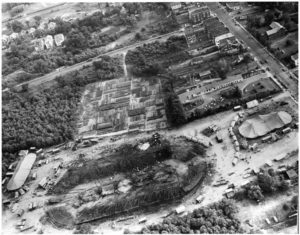
Hartford Circus Fire: “The Tent’s on Fire!” – Who Knew?
The Hartford Circus Fire on July 6, 1944, may be the worst human-caused disaster ever to have taken place in Connecticut.
Read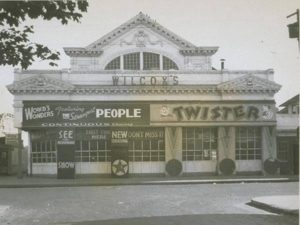
Connecticut’s Youngest City – Who Knew?
The city of West Haven, incorporated in 1961, is Connecticut’s youngest city but one of the state’s oldest settlements.
Read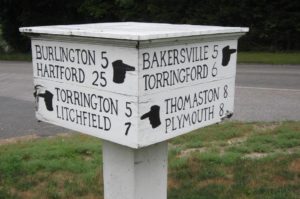
Harwinton’s Sign has a Long History – Who Knew?
A sign has stood at the intersection of Route 4 and South Road in Harwinton for over 200 years.
Read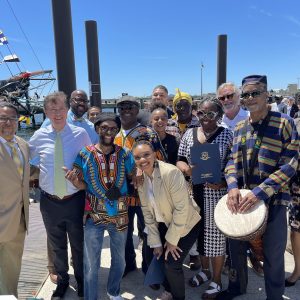
Connecticut’s First Known Juneteenth Celebration in Norwich – Who Knew?
In 1989, the Norwich Branch of the NAACP organized the first official Juneteenth celebration in Connecticut—several other towns followed suit in subsequent years and decades.
Read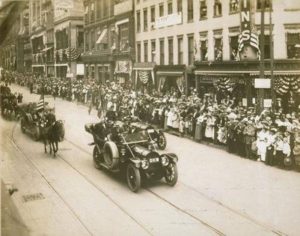
Oldest Cavalry Unit – Who Knew?
The First Company Governor’s Horse Guards is the oldest, continuously active, mounted cavalry unit in the United States.
Read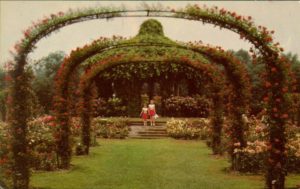
Oldest Rose Garden – Who Knew?
The Elizabeth Park Rose Garden in Hartford is the oldest municipally operated rose garden in the country.
Read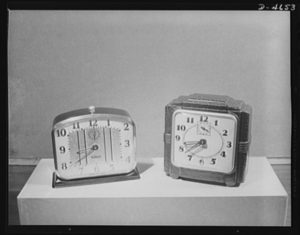
Papier-Mache Clocks – Who Knew?
The William L. Gilbert Clock Corporation of Winsted was one of the few clock-making firms in Connecticut allowed to continue the manufacture of clocks during World War II.
Read
Arbor Day’s Roots in Connecticut – Who Knew?
Connecticut’s Reverend Birdsey Grant Northrop popularized Arbor Day celebrations in schools across the country.
Read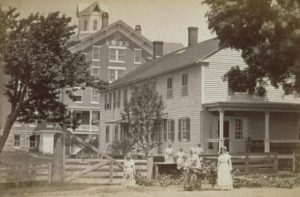
Shakers Revolutionize Garden Seed Business – Who Knew?
Enfield Shaker-grown garden seeds, one of their best and most successful endeavors, were sold throughout the US in small packages.
Read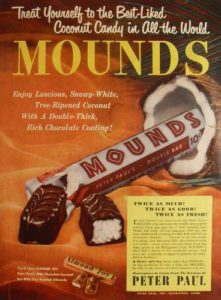
Mounds Candy Bar Involved in Espionage – Who Knew?
A storied Naugatuck business had its own “navy” and that it performed espionage services for the United States government during World War II.
Read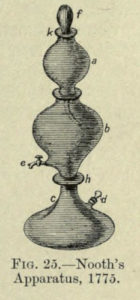
Benjamin Silliman and Soda Water – Who Knew?
Yale’s first professor of chemistry, Benjamin Silliman, was also the first American to produce soda water in bulk.
Read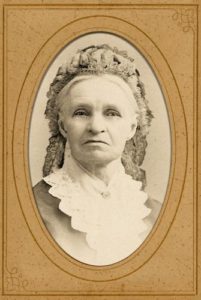
A Voice for Veterans: A Civil War era ‘Whistle-Blower’ – Who Knew?
Her obituary stated that “Mrs. Ambler was always expected to say something” on behalf of those who had fought for the Union.
Read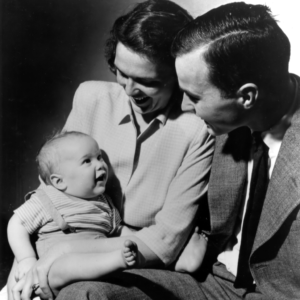
Connecticut’s Only US President – Who Knew?
43rd President George W. Bush was born in New Haven at the Grace-New Haven Community Hospital on July 6, 1946.
Read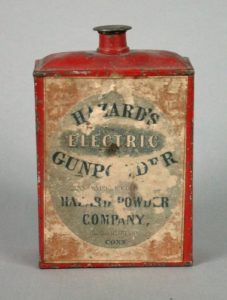
Colonel Augustus G. Hazard, Gunpowder Manufacturer – Who Knew?
By 1843, Augustus Hazard and partner Allan Denslow formed a joint stock venture called the Hazard Powder Company.
Read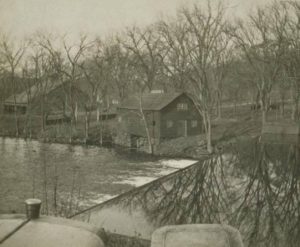
Powder Hollow in Hazardville – Who Knew?
40% of all the gunpowder consumed in the Civil War came from Powder Hollow in Hazardville (a part of Enfield, Connecticut).
Read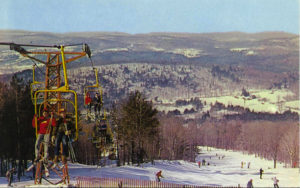
Mohawk Mountain Made Snow for Winter Sports Lovers – Who Knew?
In the 1930s, skiing became a popular pastime at Mohawk State Park in Cornwall and became famous for documenting the first artificial snow.
Read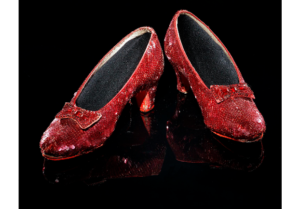
There’s No Place Like Home for the Designer of Dorothy’s Ruby Slippers – Who Knew?
Connecticut-born Adrian, the American clothing designer who found success in Hollywood, designed Dorothy’s ruby slippers for The Wizard of Oz.
Read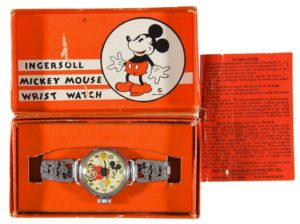
Waterbury Clock Company Saved by Mickey Mouse – Who Knew?
The Ingersoll Waterbury Company (now Timex) was saved from bankruptcy during the Great Depression, in part, by the introduction of the Mickey Mouse watch.
Read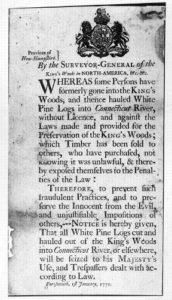
The White Pine Acts – Who Knew?
The British government made it illegal for colonials to cut down white pine trees over 24 inches in diameter—preserving the trees for use as masts on British naval ships.
Read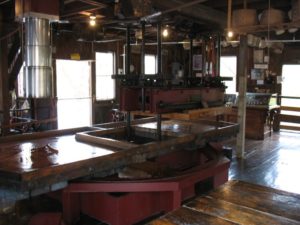
BF Clyde and the Steam-powered Cider Mill – Who Knew?
In 1881, Connecticut resident Benjamin F. Clyde began producing and selling cider in Mystic.
Read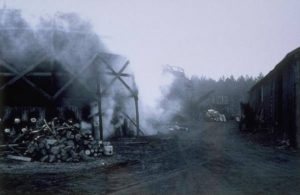
1938 Hurricane Fuels Charcoal Business – Who Knew?
The hurricane of 1938, which devastated the Quinebaug Forest, ended up driving the development of the charcoal industry in Union.
Read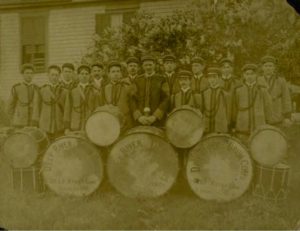
The World’s Record for the Largest Muster – Who Knew?
Deep River, Connecticut holds the distinction of hosting the largest Ancient Fife and Drum Muster, setting the record in 1976.
Read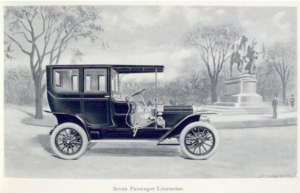
The Hardware City Could’ve Been the Motor City – Who Knew?
In 1903 the Russell & Erwin Company and the American Hardware Corporation purchased the Bristol Motor Car Company of Bristol, Connecticut.
Read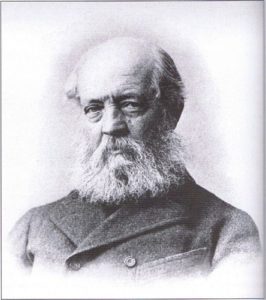
Landscape Architecture Helps in Healing – Who Knew?
Frederick Law Olmsted re-designed the grounds on the campus of the Hartford Retreat for the Insane to help induce healing and serenity.
Read
One-Legged Stools – Who Knew?
Hazard Powder Company employees sat on one-legged stools to keep them from falling asleep while working with dangerous materials.
Read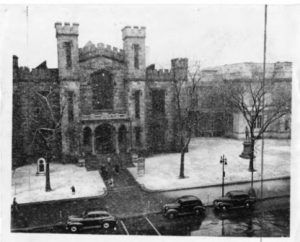
The Atheneum Joins War Effort – Who Knew?
The Wadsworth Atheneum contributed to home front morale and fundraisers during World War II.
Read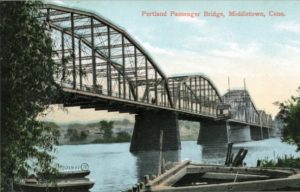
The Longest Highway Drawbridge – Who Knew?
In 1896, when the Middletown and Portland Bridge over the Connecticut River opened, it was the longest highway drawbridge in the world.
Read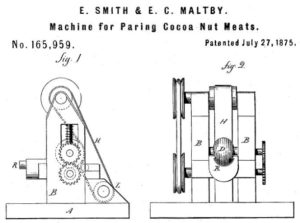
North Branford Vied for the Title of “Shredded Coconut Capital of the World” – Who Knew?
Patents granted to North Branford residents included one for a device used for paring coconut meats in 1875.
Read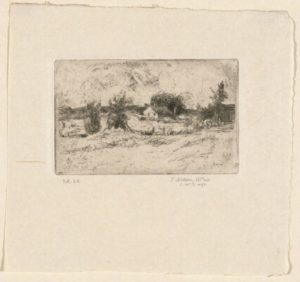
Weir Farm the Result of a Trade – Who Knew?
Weir Farm, located in Ridgefield and Wilton, Connecticut, resulted from the trade of a painting and ten dollars.
Read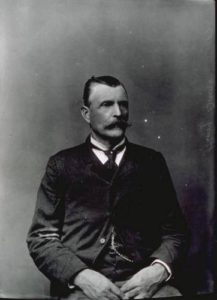
Cleopatra’s Needle and Groton’s Captain Davis – Who Knew?
Cleopatra’s Needle, the Egyptian obelisk erected in Central Park across from the Metropolitan Museum of Art, arrived safely from Egypt due to the ingenuity of Noank’s Henry E. Davis.
Read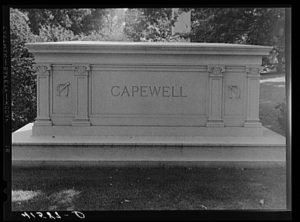
Horseshoe Nail Capital of the World – Who Knew?
In the late 19th century, George Capewell formed the Capewell Horse Nail Company, which mass produced horseshoe nails.
Read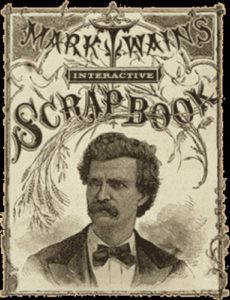
Samuel L. Clemens Receives Scrap-book Patent – Who Knew?
Writer and humorist Samuel Langhorne Clemens, better known by his pen name Mark Twain, invented more than tall tales and novels.
Read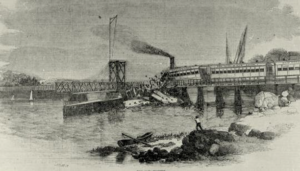
Misread Signal Leads to Deadly South Norwalk Train Wreck – Who Knew?
By 1853, the era of steamboat transportation had largely given way to trains, but there was still a need to manage drawbridges for safe passage.
Read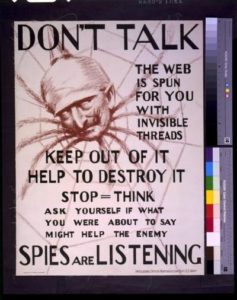
War and the Fear of Enemy Aliens – Who Knew?
…that Greenwich had a special police unit trained to handle suspected foreign agents operating in Connecticut.
Read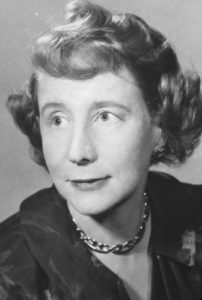
The First Hospice – Who Knew?
Founded by Florence Wald, a former dean of Yale University School of Nursing, Connecticut Hospice opened in March of 1974.
Read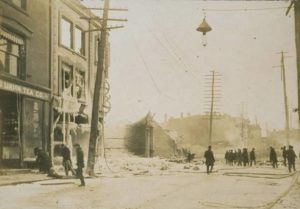
Six Cities Respond to 1902 Waterbury Fire – Who Knew?
A fire, which swept through Waterbury on a stormy February evening in 1902, would become the worst in its recorded history up to that point.
Read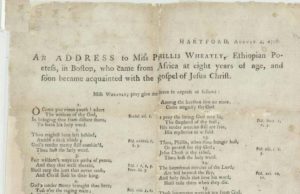
Hartford Publishes the First Literary Work by an African American – Who Knew?
Jupiter Hammon, who endured life-long enslavement, became the first African American writer to be published in America when his 88-line poem, “An Evening Thought: Salvation by Christ with Penitential Cries”, was published.
Read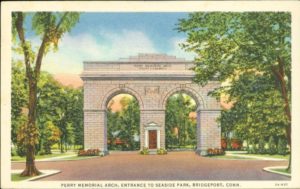
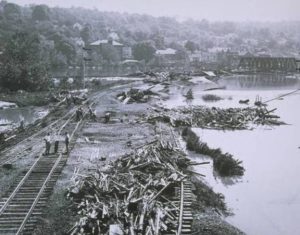
Hurricanes Connie & Diane Deliver Double Hit – Who Knew?
Hurricanes Connie and Diane, which both struck in August 1955, exceeded the combined property damage of the Flood of 1936 and Hurricane of 1938.
Read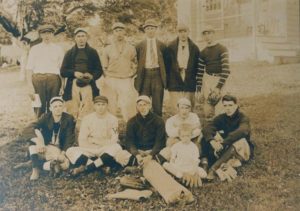
Semi-Pro Baseball in Sharon – Who Knew?
From the 1930s until about the early 1970s, Sharon fielded a team in the semi-pro Interstate Baseball League (IBL).
Read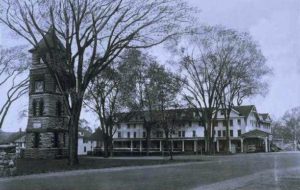
The Rise of the “Second Home” Community in Sharon – Who Knew?
Sharon attracted a substantial vacation community and between 1880 and 1920, wealthy visitors refurbished older homes or built Colonial Revival-style mansions.
Read
Luna Park – Who Knew?
Luna Park in West Hartford was a popular attraction at the turn of the 20th century but was demolished in the 1930s to make way for a factory.
ReadMore Articles




